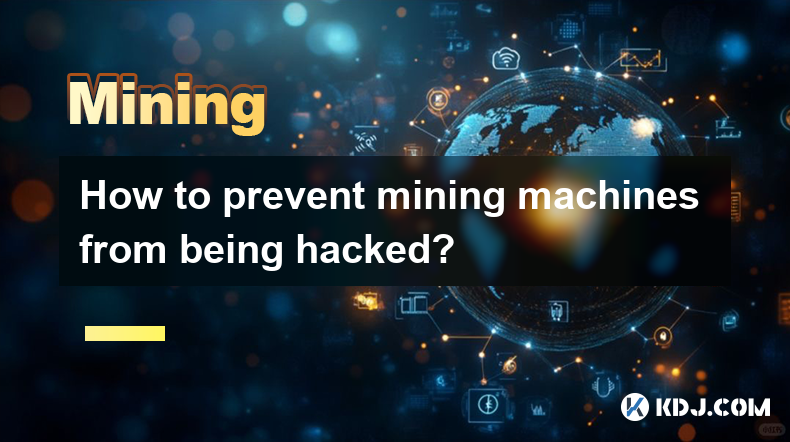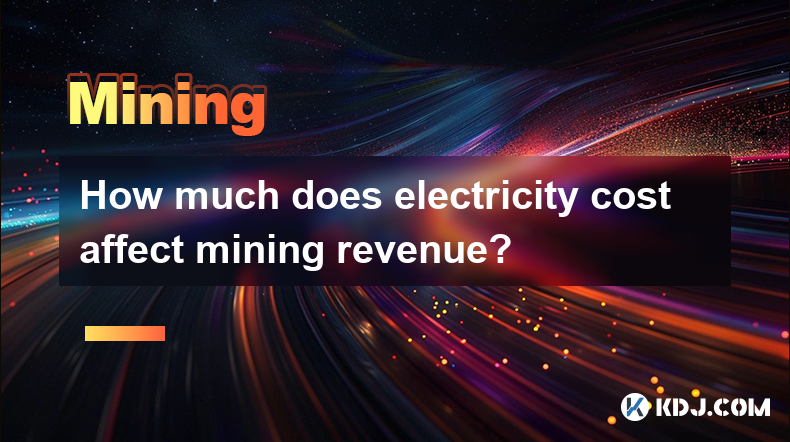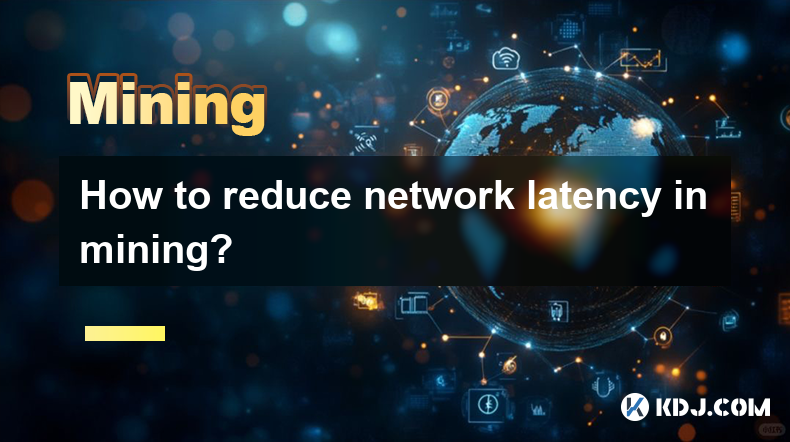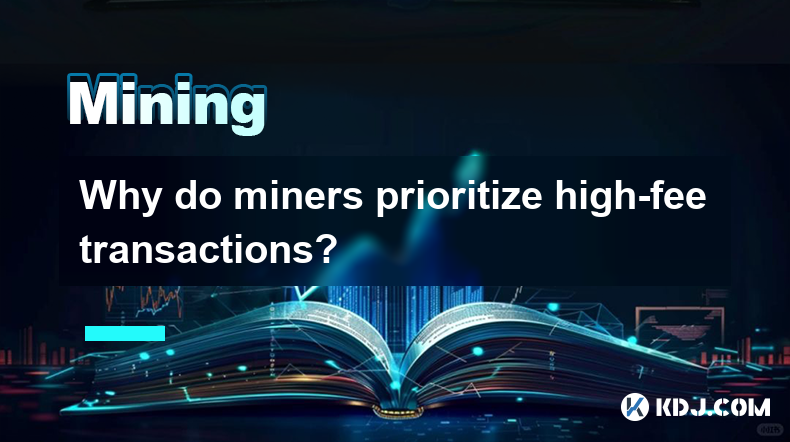-
 Bitcoin
Bitcoin $76,479.4701
-3.52% -
 Ethereum
Ethereum $1,469.1142
-5.46% -
 Tether USDt
Tether USDt $0.9993
-0.03% -
 XRP
XRP $1.7902
-4.83% -
 BNB
BNB $551.0674
-0.78% -
 USDC
USDC $1.0003
0.02% -
 Solana
Solana $105.4201
-1.56% -
 TRON
TRON $0.2301
0.50% -
 Dogecoin
Dogecoin $0.1423
-4.38% -
 Cardano
Cardano $0.5589
-4.51% -
 UNUS SED LEO
UNUS SED LEO $9.0173
0.56% -
 Toncoin
Toncoin $3.0027
-2.56% -
 Chainlink
Chainlink $10.9146
-4.73% -
 Stellar
Stellar $0.2207
-4.45% -
 Avalanche
Avalanche $16.1527
-4.24% -
 Shiba Inu
Shiba Inu $0.0...01066
-6.81% -
 Sui
Sui $1.9318
-3.99% -
 Hedera
Hedera $0.1462
-4.08% -
 MANTRA
MANTRA $6.2098
-1.18% -
 Dai
Dai $1.0001
0.01% -
 Bitcoin Cash
Bitcoin Cash $268.3547
-2.84% -
 Polkadot
Polkadot $3.3678
-6.32% -
 Litecoin
Litecoin $69.1437
-2.09% -
 Ethena USDe
Ethena USDe $0.9986
-0.03% -
 Bitget Token
Bitget Token $3.9888
-4.59% -
 Hyperliquid
Hyperliquid $11.6557
0.72% -
 Pi
Pi $0.5672
-1.97% -
 Monero
Monero $196.0247
-4.01% -
 OKB
OKB $51.1597
0.14% -
 Uniswap
Uniswap $4.7818
-6.32%
What is the relationship between the life of mining graphics cards and the cooling conditions?
Effective cooling is crucial for extending the life of mining graphics cards, as overheating can reduce efficiency and cause hardware failure.
Apr 07, 2025 at 05:07 am

The relationship between the life of mining graphics cards and cooling conditions is crucial in the cryptocurrency mining world. Graphics cards are the backbone of mining rigs, and their longevity directly impacts the profitability of mining operations. Cooling conditions play a pivotal role in maintaining the performance and extending the life of these cards. Inadequate cooling can lead to overheating, which not only reduces the efficiency of the mining process but also accelerates the wear and tear of the hardware. Understanding this relationship helps miners make informed decisions about their setup to optimize performance and durability.
The Importance of Cooling in Mining Operations
Cooling is essential in mining setups because graphics cards generate a significant amount of heat during operation. When mining cryptocurrencies like Bitcoin or Ethereum, the GPUs work at near maximum capacity for extended periods. This continuous high workload can cause temperatures to rise, which, if not managed properly, can lead to thermal throttling or even hardware failure. Effective cooling solutions help maintain optimal operating temperatures, ensuring that the graphics cards can perform efficiently over long periods. This not only preserves the hardware's lifespan but also maintains the mining rig's overall performance and profitability.
How Overheating Affects Graphics Cards
Overheating can have several detrimental effects on graphics cards. When temperatures exceed safe limits, the GPU may engage in thermal throttling, where it reduces its performance to lower the heat output. This can significantly decrease the hash rate, reducing the miner's potential earnings. Prolonged exposure to high temperatures can also cause the degradation of components within the graphics card, such as the silicon die, memory chips, and capacitors. Over time, this can lead to permanent damage, causing the card to fail prematurely. Therefore, maintaining an adequate cooling system is crucial to prevent these issues and extend the life of the mining hardware.
Types of Cooling Solutions for Mining Rigs
There are several cooling solutions that miners can employ to manage the heat generated by their graphics cards. Each type has its advantages and is suitable for different setups and budgets.
Air Cooling: This is the most common and cost-effective cooling method. It involves using fans to circulate air around the graphics cards. While air cooling is generally sufficient for small to medium-sized mining operations, it may struggle to keep temperatures low in larger setups or in environments with poor airflow.
Liquid Cooling: Liquid cooling systems use a liquid coolant to absorb and dissipate heat more efficiently than air. These systems can be more effective at maintaining lower temperatures, especially in high-density mining rigs. However, they are more complex and expensive to set up and maintain.
Immersion Cooling: In this method, the entire mining rig is submerged in a non-conductive liquid that absorbs heat directly from the components. Immersion cooling is highly effective and can significantly extend the life of the hardware, but it is also the most expensive and technically challenging option.
Factors Influencing the Life of Mining Graphics Cards
Several factors beyond cooling conditions can influence the life of mining graphics cards. Understanding these can help miners take comprehensive measures to protect their investments.
Usage Intensity: The intensity and duration of mining operations directly impact the wear and tear of the graphics cards. Continuous operation at high workloads accelerates the aging process of the hardware.
Environmental Conditions: The ambient temperature and humidity of the mining environment can affect the efficiency of cooling systems. High ambient temperatures can make it harder to keep the graphics cards cool, while high humidity can lead to condensation and corrosion.
Maintenance and Cleaning: Regular maintenance, such as cleaning dust from the fans and heatsinks, can significantly improve the cooling efficiency and extend the life of the graphics cards. Dust buildup can obstruct airflow and cause temperatures to rise.
Quality of Components: The quality of the graphics card itself plays a role in its longevity. Higher-end models with better build quality and more robust cooling solutions tend to last longer under the stress of mining.
Best Practices for Cooling and Maintaining Mining Graphics Cards
To maximize the life of mining graphics cards and ensure optimal cooling conditions, miners should follow several best practices.
Monitor Temperatures: Use software to monitor the temperatures of your graphics cards regularly. This helps you identify any issues with cooling and take action before damage occurs.
Optimize Airflow: Ensure that your mining rig is set up in a way that promotes good airflow. Avoid placing the rig in enclosed spaces and consider using fans to circulate air around the setup.
Upgrade Cooling Solutions: If you find that your current cooling system is struggling to keep temperatures low, consider upgrading to a more effective solution, such as liquid or immersion cooling.
Regular Maintenance: Clean your mining rig regularly to prevent dust buildup, which can impair cooling efficiency. Inspect the fans, heatsinks, and other components for any signs of wear or damage.
Choose Quality Hardware: Invest in high-quality graphics cards that are designed to handle the rigors of mining. These cards often come with better cooling solutions and more durable components.
The Impact of Cooling on Mining Profitability
The relationship between cooling conditions and the life of mining graphics cards directly affects the profitability of mining operations. Efficient cooling helps maintain high hash rates and prevents downtime due to hardware failure. By extending the life of the graphics cards, miners can reduce the frequency of costly replacements and maintain consistent earnings over time. Additionally, effective cooling can lead to energy savings, as the GPUs do not need to work as hard to compensate for thermal throttling. Therefore, investing in a robust cooling system is not only beneficial for the longevity of the hardware but also for the overall profitability of the mining operation.
Case Studies: Real-World Examples of Cooling and Graphics Card Longevity
Examining real-world examples can provide valuable insights into the relationship between cooling conditions and the life of mining graphics cards.
Case Study 1: A miner using air cooling in a small setup reported that their graphics cards lasted an average of 18 months before showing signs of significant wear. After upgrading to a liquid cooling system, the same miner found that the lifespan of their cards increased to over 24 months, with improved performance and fewer instances of thermal throttling.
Case Study 2: Another miner operating a large-scale mining farm initially used air cooling but struggled with high temperatures and frequent hardware failures. After switching to immersion cooling, they observed a dramatic reduction in operating temperatures and a significant increase in the longevity of their graphics cards, with many lasting over 30 months without major issues.
These case studies illustrate the tangible benefits of investing in effective cooling solutions and highlight the direct impact on the life and performance of mining graphics cards.
Future Trends in Cooling Technology for Mining
As the cryptocurrency mining industry continues to evolve, so too do the technologies used to cool mining hardware. Innovations in cooling solutions are likely to play a significant role in the future of mining.
Advanced Liquid Cooling: New developments in liquid cooling technology, such as more efficient pumps and radiators, could further enhance the cooling capabilities of mining rigs. These advancements may make liquid cooling more accessible and cost-effective for a wider range of miners.
Phase Change Cooling: This method involves using a substance that changes phase from liquid to gas to absorb heat. Phase change cooling can be highly effective at maintaining low temperatures and could become more prevalent in high-performance mining setups.
Eco-Friendly Cooling Solutions: As environmental concerns grow, there is increasing interest in developing cooling solutions that are more energy-efficient and have a lower carbon footprint. Innovations in this area could help miners reduce their operational costs and environmental impact.
AI-Driven Cooling Management: Artificial intelligence could be used to optimize cooling systems in real-time, adjusting fan speeds and coolant flow based on the current workload and environmental conditions. This could lead to more efficient and adaptive cooling solutions that extend the life of mining hardware.
Common Questions Related to the Life of Mining Graphics Cards and Cooling Conditions
Q: How often should I clean my mining rig to maintain optimal cooling?
A: It is recommended to clean your mining rig at least once every three months. Regular cleaning helps prevent dust buildup, which can obstruct airflow and reduce cooling efficiency. In environments with high dust levels, you may need to clean more frequently.
Q: Can I use air cooling for a large-scale mining operation?
A: While air cooling can be used for large-scale mining operations, it may struggle to maintain optimal temperatures, especially in high-density setups. In such cases, more advanced cooling solutions like liquid or immersion cooling may be necessary to ensure the longevity and performance of the graphics cards.
Q: What is the ideal operating temperature for mining graphics cards?
A: The ideal operating temperature for mining graphics cards is generally between 60°C and 80°C. Keeping the temperature within this range helps prevent thermal throttling and extends the life of the hardware. However, the specific ideal temperature can vary depending on the model of the graphics card and the manufacturer's recommendations.
Q: How does the quality of the graphics card affect its lifespan in mining?
A: Higher-quality graphics cards often come with better cooling solutions and more durable components, which can significantly extend their lifespan under the stress of mining. Investing in high-end models can lead to longer operational life and better performance over time.
Q: Are there any signs that my graphics card is overheating?
A: Yes, common signs of an overheating graphics card include thermal throttling, sudden performance drops, frequent crashes, and visible artifacts on the screen. Monitoring the temperature of your graphics card can help you identify overheating issues before they cause permanent damage.
Disclaimer:info@kdj.com
The information provided is not trading advice. kdj.com does not assume any responsibility for any investments made based on the information provided in this article. Cryptocurrencies are highly volatile and it is highly recommended that you invest with caution after thorough research!
If you believe that the content used on this website infringes your copyright, please contact us immediately (info@kdj.com) and we will delete it promptly.
- "Cardano (ADA) Price Could Dip Below $0.60, Following Previous Market Cycle"
- 2025-04-09 05:10:12
- BONK, the well-known meme coin, has risen over 35% in the last week, attracting meme coin investors in the market. So, what caused this rally?
- 2025-04-09 05:10:12
- Bitcoin (BTC) Investors May Not Exactly Feel It, but BTC Has Been a Relatively Good Bet
- 2025-04-09 05:05:12
- Donald's Bitcoin (DONBTC) Could Turn Early Investors into Multi-Millionaires, Like Shiba Inu (SHIB) and Dogecoin (DOGE) Did
- 2025-04-09 05:05:12
- 6 Upcoming Kraken Listings That Could Be the Next Big Thing in Crypto
- 2025-04-09 05:00:13
- COTI Unveils New Privacy-Focused Blockchain to Reshape Web3 Transactions
- 2025-04-09 05:00:13
Related knowledge

How to prevent mining machines from being hacked?
Apr 08,2025 at 09:00pm
In the world of cryptocurrency, mining machines play a crucial role in securing networks and validating transactions. However, these machines are also prime targets for hackers looking to exploit vulnerabilities for financial gain. Preventing mining machines from being hacked requires a multi-faceted approach that includes robust security measures, regu...

How much does electricity cost affect mining revenue?
Apr 08,2025 at 05:29pm
The cost of electricity plays a crucial role in determining the profitability of cryptocurrency mining. Mining revenue is directly impacted by the expenses incurred in running mining equipment, with electricity costs often being the most significant operational expense. Understanding how electricity costs affect mining revenue is essential for miners lo...

How to reduce network latency in mining?
Apr 09,2025 at 02:28am
Understanding Network Latency in MiningNetwork latency is a critical factor in the world of cryptocurrency mining. It refers to the time it takes for data to travel from its source to its destination across a network. In mining, lower latency can mean the difference between successfully adding a block to the blockchain and missing out on the reward. Red...

What is hashrate fluctuation?
Apr 08,2025 at 08:08pm
Hashrate fluctuation refers to the changes in the total computational power used by miners to process transactions and secure the blockchain network. This metric is crucial in the cryptocurrency world, particularly for networks like Bitcoin, Ethereum, and others that rely on proof-of-work (PoW) consensus mechanisms. Understanding hashrate fluctuation is...

Why does mining require a full node?
Apr 08,2025 at 06:49pm
Mining in the cryptocurrency world is a complex process that involves verifying transactions and adding them to the blockchain. One of the key components required for mining is a full node. But why is a full node necessary for mining? Let's delve into the reasons and explore the intricacies of this requirement. What is a Full Node?A full node is a progr...

Why do miners prioritize high-fee transactions?
Apr 08,2025 at 05:01pm
Miners in the cryptocurrency ecosystem, particularly in networks like Bitcoin, play a crucial role in validating and adding transactions to the blockchain. One of the key factors that influence their decision-making process is the transaction fee associated with each transaction. Miners prioritize high-fee transactions primarily because these fees direc...

How to prevent mining machines from being hacked?
Apr 08,2025 at 09:00pm
In the world of cryptocurrency, mining machines play a crucial role in securing networks and validating transactions. However, these machines are also prime targets for hackers looking to exploit vulnerabilities for financial gain. Preventing mining machines from being hacked requires a multi-faceted approach that includes robust security measures, regu...

How much does electricity cost affect mining revenue?
Apr 08,2025 at 05:29pm
The cost of electricity plays a crucial role in determining the profitability of cryptocurrency mining. Mining revenue is directly impacted by the expenses incurred in running mining equipment, with electricity costs often being the most significant operational expense. Understanding how electricity costs affect mining revenue is essential for miners lo...

How to reduce network latency in mining?
Apr 09,2025 at 02:28am
Understanding Network Latency in MiningNetwork latency is a critical factor in the world of cryptocurrency mining. It refers to the time it takes for data to travel from its source to its destination across a network. In mining, lower latency can mean the difference between successfully adding a block to the blockchain and missing out on the reward. Red...

What is hashrate fluctuation?
Apr 08,2025 at 08:08pm
Hashrate fluctuation refers to the changes in the total computational power used by miners to process transactions and secure the blockchain network. This metric is crucial in the cryptocurrency world, particularly for networks like Bitcoin, Ethereum, and others that rely on proof-of-work (PoW) consensus mechanisms. Understanding hashrate fluctuation is...

Why does mining require a full node?
Apr 08,2025 at 06:49pm
Mining in the cryptocurrency world is a complex process that involves verifying transactions and adding them to the blockchain. One of the key components required for mining is a full node. But why is a full node necessary for mining? Let's delve into the reasons and explore the intricacies of this requirement. What is a Full Node?A full node is a progr...

Why do miners prioritize high-fee transactions?
Apr 08,2025 at 05:01pm
Miners in the cryptocurrency ecosystem, particularly in networks like Bitcoin, play a crucial role in validating and adding transactions to the blockchain. One of the key factors that influence their decision-making process is the transaction fee associated with each transaction. Miners prioritize high-fee transactions primarily because these fees direc...
See all articles






















































































